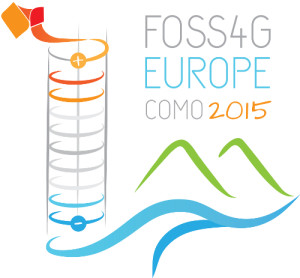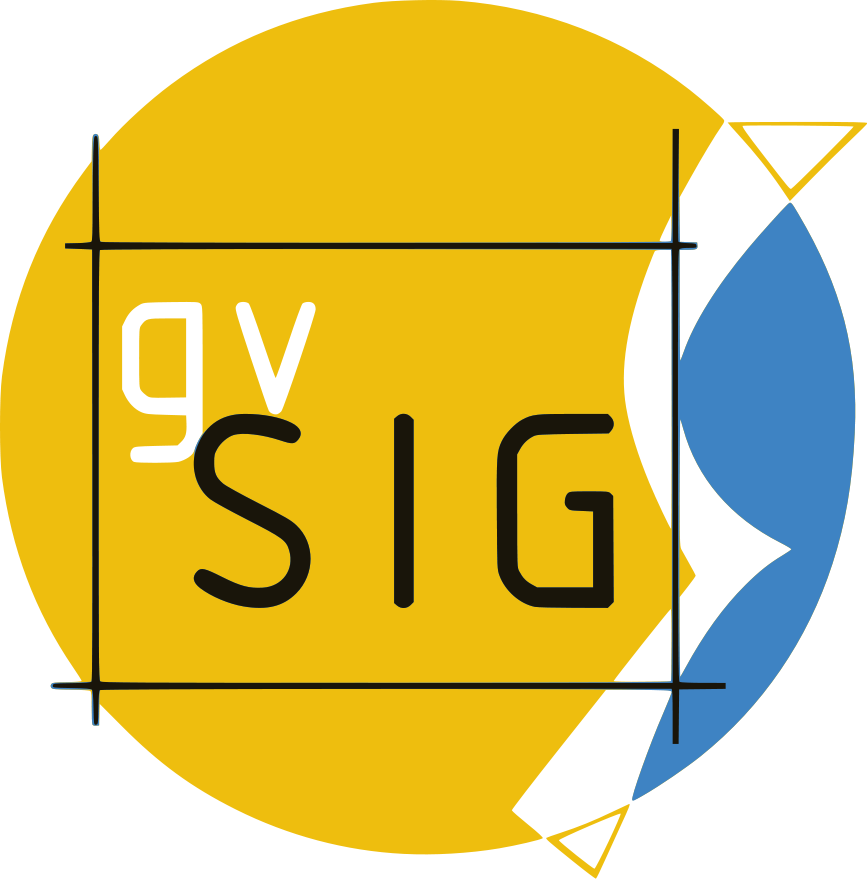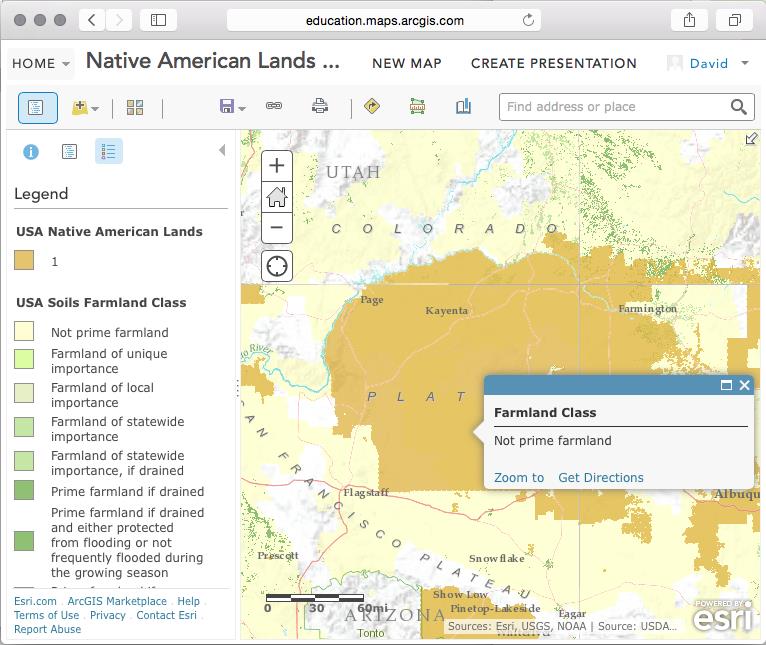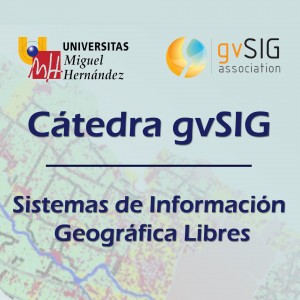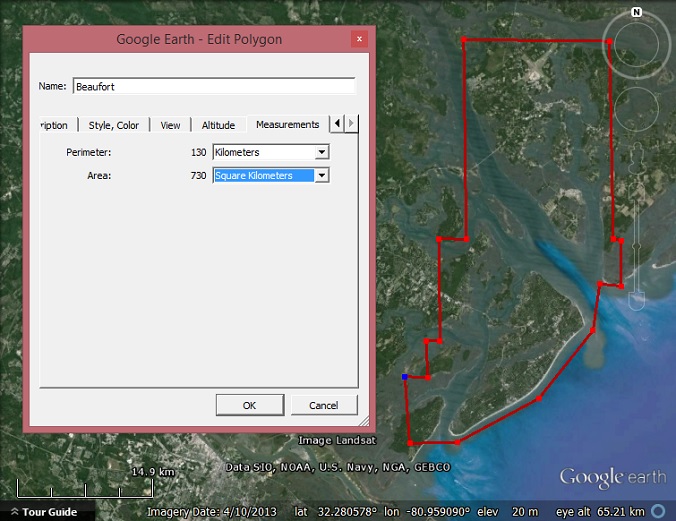We are happy to inform you that Slashgeo will be a proud media partner of the upcoming second edition of the FOSS4G (Free and Open Source Software For Geospatial) Europe Conference conference held at Politecnico di Milano – Como Campus, Italy, from July 14 through 17!
The conference will bring together some of the most fervent developers, users and promoters of FOSS4G from Europe and beyond; it will also foster closer interactions with and amongst European communities in order to share ideas for improving geodata, software and applications, openness, and availability of geographic information. FOSS4G Europe will be a high level conference, organized and chaired by a Committee of experts belonging to internationally acknowledged leading organizations in the fields of cartography, GIS and related domains (e.g. ICA, OSGeo, ISPRS, OGC, NASA).
The conference will start on July 14 with a fullday of workshops; scientific sessions will then take place on July 15, 16 and 17, while the code sprint will close the event on July 18. A day of workshops will precede the conference on 14th July, and a code sprint will close the event on 18th July. Detailed information about the conference is available on from the website: .
The Conference aims to bring together FOSS4G users and developers worldwide and foster closer interactions with and amongst European communities in order to share ideas for improving geodata, software and applications openess.
